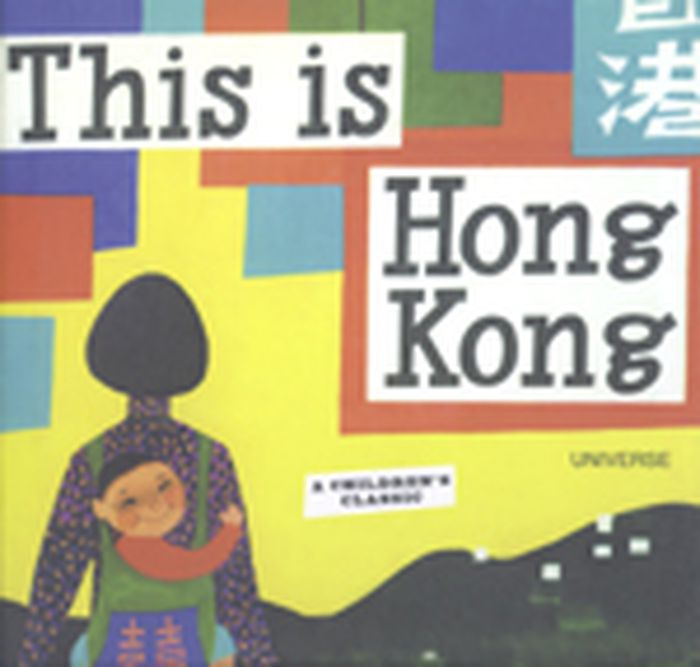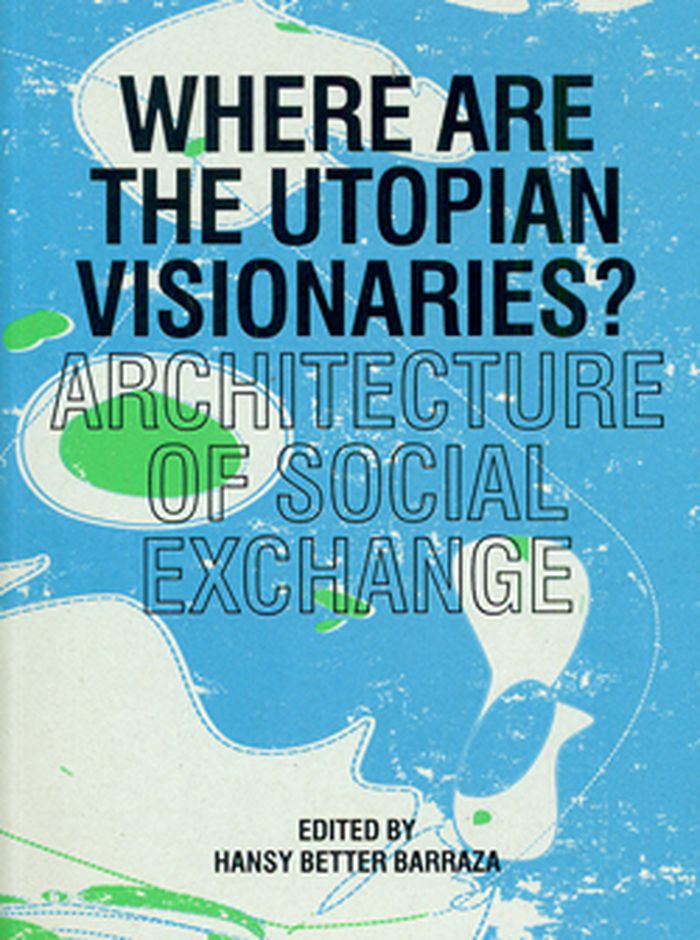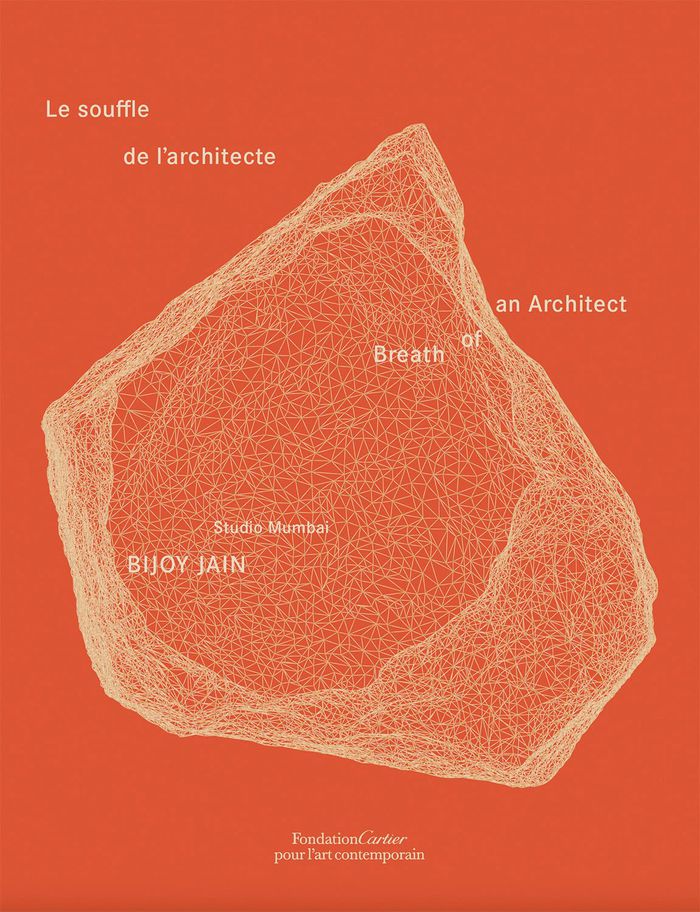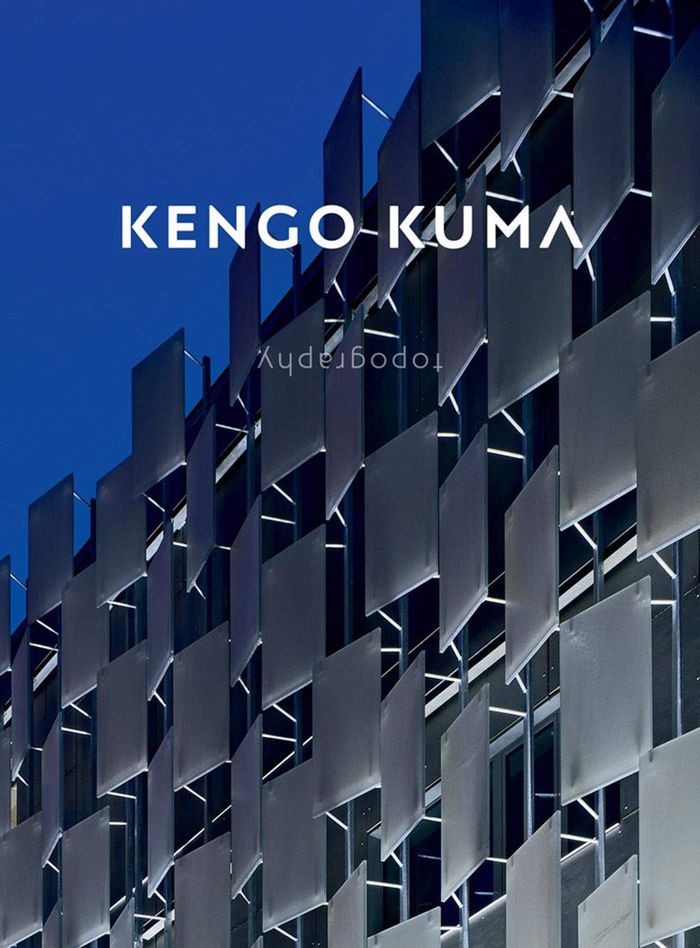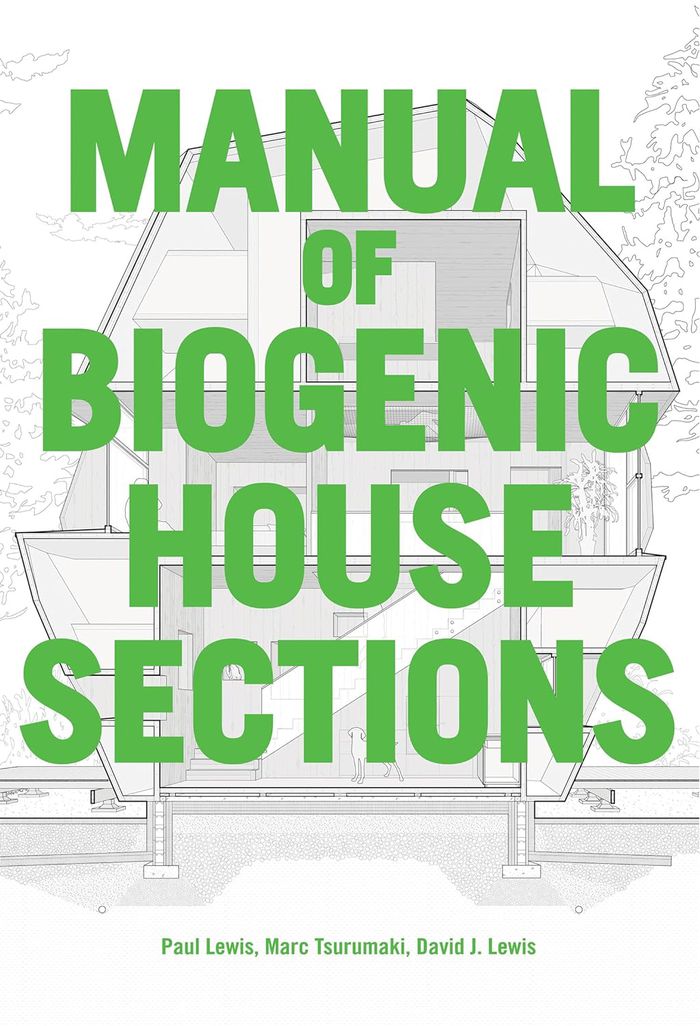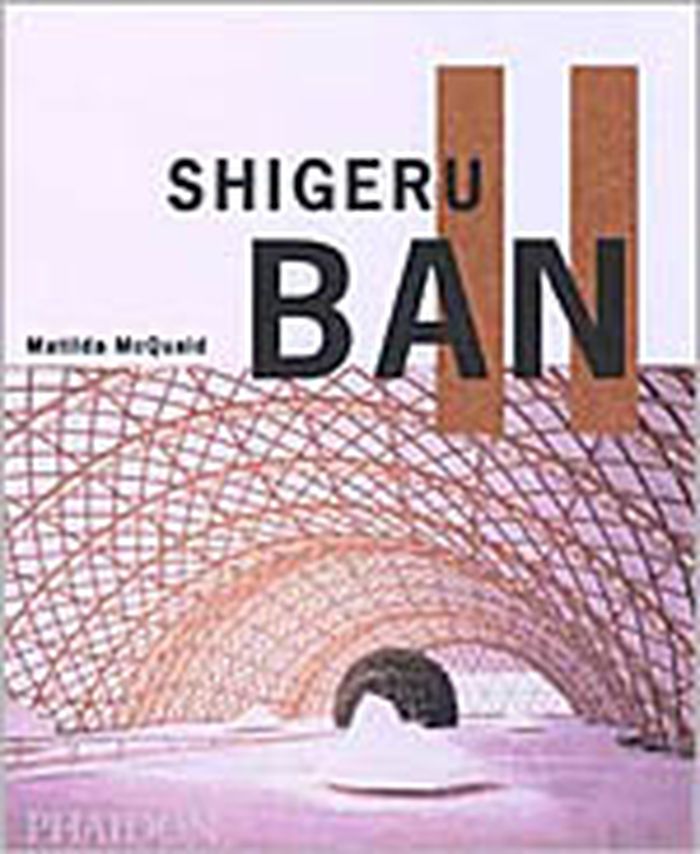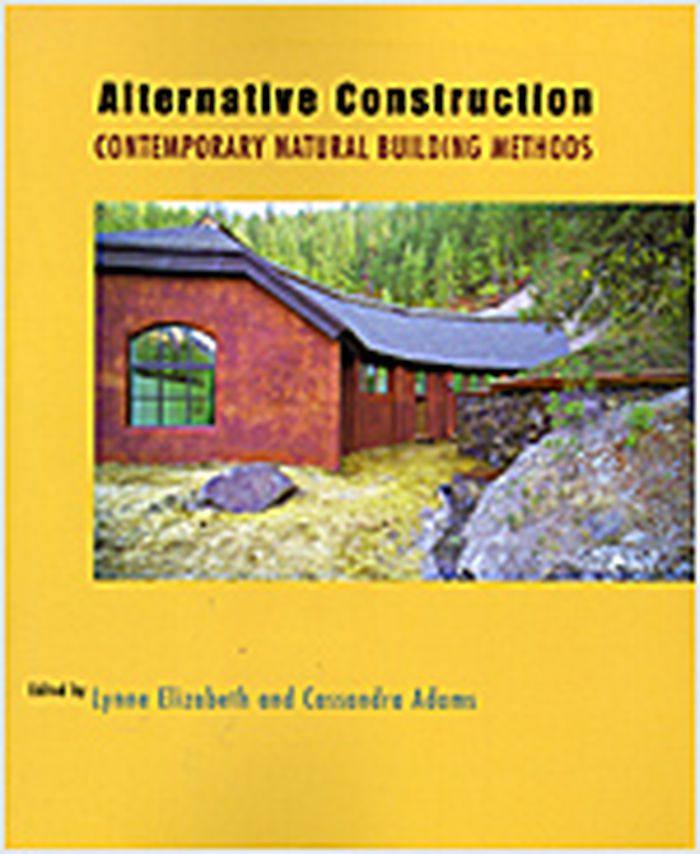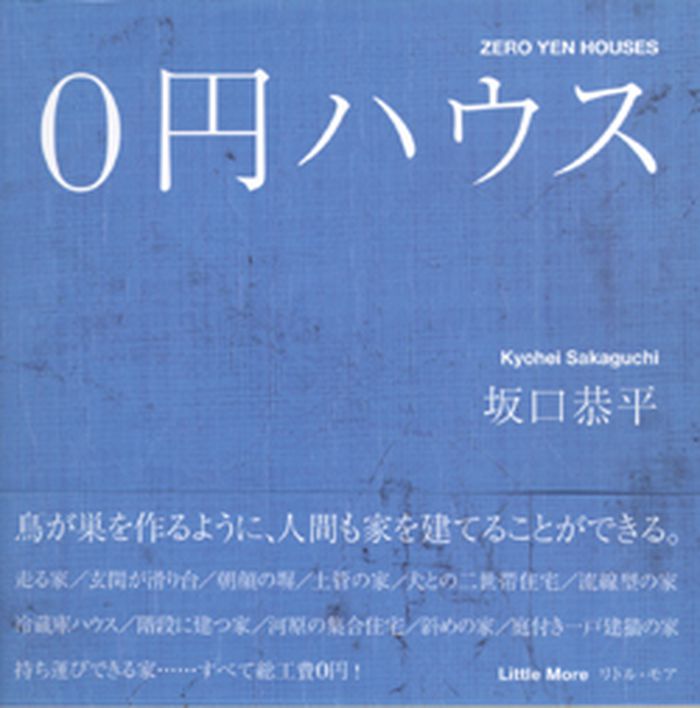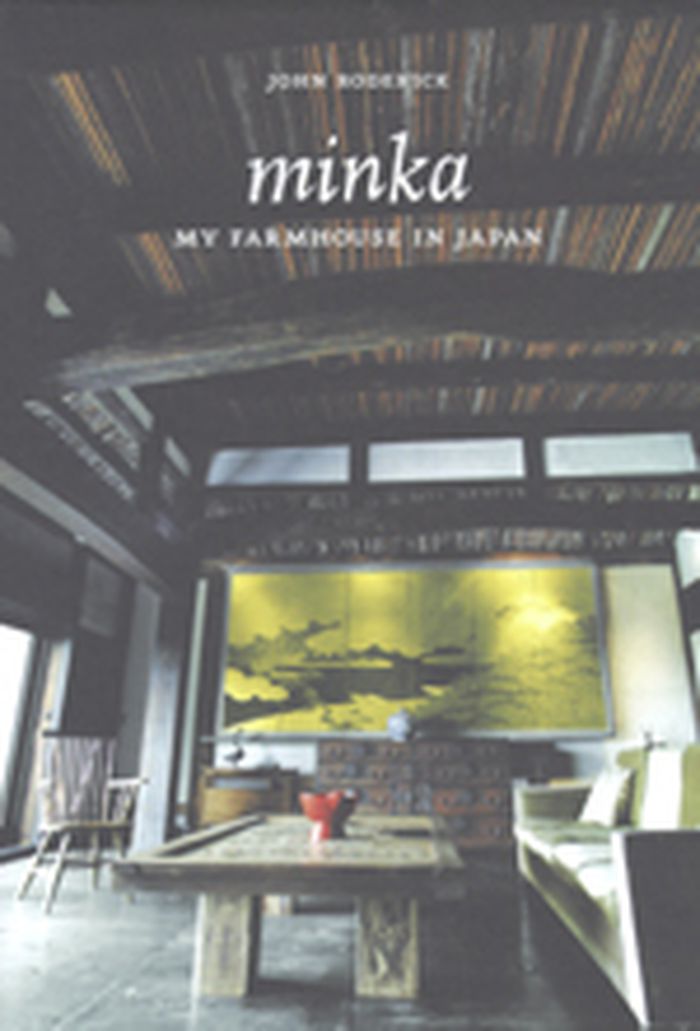This is Hong Kong
$22.00
(available to order)
Summary:
Like the other Sasek classics, this is a facsimile edition of the original book. The brilliant, vibrant illustrations have been meticulously preserved, remaining true to his vision more than 40 years later. Facts have been updated for the 21st-century, appearing on a "This is . . . Today" page at the back of the book. These charming illustrations, coupled with Sasek's(...)
This is Hong Kong
Actions:
Price:
$22.00
(available to order)
Summary:
Like the other Sasek classics, this is a facsimile edition of the original book. The brilliant, vibrant illustrations have been meticulously preserved, remaining true to his vision more than 40 years later. Facts have been updated for the 21st-century, appearing on a "This is . . . Today" page at the back of the book. These charming illustrations, coupled with Sasek's witty, playful narrative, make for a perfect souvenir that will delight both children and their parents, many of whom will remember the series from their own childhoods. This is Hong Kong, first published in 1965, captures the enchantment and the contrasts of Hong Kong in the sixties. Roaring jets bring in the tourists; bamboo rickshaws taxi them through exotic streets fragrant with incense, roasting chestnuts, and honey-glazed Peking duck. Sasek shows you the sweeping panorama of gleaming Kowloon Bay framed by misty mountain ridges, then moves in for close-ups of laborers and hawkers, refugees from the mainland, and sailors of flame-red junks, and the strange "water people" who, it is said, never set foot on dry land.
Children's Books
$38.95
(available to order)
Summary:
In this radical book, architects, historians, and theorists survey the inventive, low cost work being done in obscure places to make architecture into a force for sustainable growth and social justice. The efforts are Utopian not charitable in aim. This new breed of architect-activists is endeavoring to diversify if not reinvent their profession by engaging in an(...)
Where are the utopian visionaries? Architecture of social exchange
Actions:
Price:
$38.95
(available to order)
Summary:
In this radical book, architects, historians, and theorists survey the inventive, low cost work being done in obscure places to make architecture into a force for sustainable growth and social justice. The efforts are Utopian not charitable in aim. This new breed of architect-activists is endeavoring to diversify if not reinvent their profession by engaging in an "exchange" of ideas, techniques, and visions of right living with people almost always relegated to silence and invisibility. The book opens with a range of theoretical essays, each specially commissioned, from "the site of the social" in architecture to John Hejduk's legacy, as well as five ways to change the world with Chris Marker's films. Subsequent essays form a field guide to "exchange" projects from Harlem to Port-au-Prince to Serekunda and Indore, a few still unbuilt, all virtually unknown to students of architecture. Jae Cha, Peter Clegg, Simón Vélez, and famed modernist Balkrishna Doshi demonstrate the benefits of easily found and/or scavenged materials, including bamboo. Other essays present varied alternatives to ghettoizing large groups in bleak housing complexes and urban "deserts" in architecture.
Architectural Theory
$86.00
(available to order)
Summary:
From December 9, 2023 to April 21, 2024, the Fondation Cartier pour l’art contemporain presents an exhibition created by the Indian architecture studio, Studio Mumbai, directed by Bijoy Jain. Inspired by the rhythm of breathing, this exhibition offers a space for reverie and contemplation in dialogue with Jean Nouvel’s building. Born in 1965 in Mumbai, Bijoy Jain created(...)
Bijoy Jain / Studio Mumbai: Breath of an architect
Actions:
Price:
$86.00
(available to order)
Summary:
From December 9, 2023 to April 21, 2024, the Fondation Cartier pour l’art contemporain presents an exhibition created by the Indian architecture studio, Studio Mumbai, directed by Bijoy Jain. Inspired by the rhythm of breathing, this exhibition offers a space for reverie and contemplation in dialogue with Jean Nouvel’s building. Born in 1965 in Mumbai, Bijoy Jain created Studio Mumbai in 2005. Exploring the links between art, architecture and materials, this human-scale organization is composed of craftsmen and architects who design and build each project themselves, using local resources. Bijoy Jain / Studio Mumbai participated in many exhibitions around the world, including the Venice (2010, 2016) and Chicago (2017) architecture biennals. For the Fondation Cartier, Bijoy Jain unites man and nature, light and shadow, bamboo, brick and stone to form a meditative landscape taking us into the heart of creation. Sculptures, objects and furniture interact with artworks by Chinese painter Hu Liu and Turkish ceramist Alev Ebüzziya Siesbye, invited by the architect, revealing a shared sensibility and ethos between these artists. The catalog published in conjunction with the exhibition invites readers to discover Bijoy Jain’s aesthetics and philosophy. Conceived as a work-in-progress of the exhibition, this book focuses on the artist’s drawings, photographs of his studio and works in the making.
Architecture Monographs
Kengo Kuma: Topography
$100.00
(available in store)
Summary:
Kengo Kuma is a globally acclaimed Japanese architect whose prodigious output possesses an inherent respect and value of materials and environment, often creating a harmonious balance between building and landscape. He masterfully engages both architectural experimentation and traditional Japanese design with twenty-first-century technology, resulting in highly advanced(...)
Kengo Kuma: Topography
Actions:
Price:
$100.00
(available in store)
Summary:
Kengo Kuma is a globally acclaimed Japanese architect whose prodigious output possesses an inherent respect and value of materials and environment, often creating a harmonious balance between building and landscape. He masterfully engages both architectural experimentation and traditional Japanese design with twenty-first-century technology, resulting in highly advanced yet beautifully simple, gentle, human-scaled buildings. Often ranked among other esteemed architects, such as Shigeru Ban, Tadao Ando, Kazuyo Sejima, or Kenzo Tange, Kuma is always in search of new materials to replace concrete and steel, and seeks a new approach for architecture in a post-industrial society, fusing interior and exterior realms to make spaces that create a calming and tranquil atmosphere. Known for his prolific writing, Kuma is constantly re-engaging with different aspects of the architectural discipline, whether it be construction or representation in order to give further progress to his ideas. This volume showcases close to forty high-profile works by Kengo Kuma & Associates (based in Tokyo and Paris), focusing on some of his most recognised works, including the Asakusa Culture and Tourism Center in Tokyo, the Mont Blanc Base Camp project, the Great Bamboo Wall, as well as progress for the design for Tokyo's main stadium for the 2020 Olympic Games.
Architecture Monographs
$54.95
(available in store)
Summary:
Recognizing that buildings are a major contributor to global warming and the critical role of embodied versus operational carbon, the book focuses on houses built from materials that either sequester carbon (plants), use materials with very low embodied carbon (earth and stone) or reuse substantial amounts of existing materials. Organized by those materials (wood,(...)
January 2023
Manual of biogenic house sections
Actions:
Price:
$54.95
(available in store)
Summary:
Recognizing that buildings are a major contributor to global warming and the critical role of embodied versus operational carbon, the book focuses on houses built from materials that either sequester carbon (plants), use materials with very low embodied carbon (earth and stone) or reuse substantial amounts of existing materials. Organized by those materials (wood, bamboo, straw, hemp, cork, earth, brick, stone and re-use), and incorporating life cycle diagrams demonstrating how the raw material is processed into building components, the book shows how the unique properties of each material can transform the ways architects conceive the sections of houses. The house was selected as the vehicle for these investigations due to its scale, its role as a site of architectural experimentation, and its ubiquity. Building on the techniques of the "Manual of section," the book is comprised of newly generated cross-sectional drawings of fifty-five recent, modestly sized houses from around the world, making legible the tectonics and materials used in their construction. Each house is also shown through exploded axonometric, construction photographs and color photographs of the exterior and interior. Introductory essays set up the importance of embodied carbon, the role of vernacular plant-based construction and the problems of contemporary house construction. Drawing connections between the architecture of the house, environmental systems and material economies, the book seeks to change how we build now and for the future.
Shigeru Ban
$99.95
(available to order)
Summary:
Based in Japan and one of an emerging generation of young, world-class architects, Shigeru Ban designs and builds graceful, serene structures using modest materials such as cardboard, paper tubes, bamboo, and prefabricated wood. His buildings are sometimes soaring and birdlike, sometimes simple, grounded, and evocative of the Japanese aesthetic, but always they are(...)
Architecture Monographs
October 2003, London / New York
Shigeru Ban
Actions:
Price:
$99.95
(available to order)
Summary:
Based in Japan and one of an emerging generation of young, world-class architects, Shigeru Ban designs and builds graceful, serene structures using modest materials such as cardboard, paper tubes, bamboo, and prefabricated wood. His buildings are sometimes soaring and birdlike, sometimes simple, grounded, and evocative of the Japanese aesthetic, but always they are integrated with and respectful of their surrounding environment. Ban has designed projects at both ends of the client spectrum: from one-room temporary houses of paper tubes for earthquake refugees worldwide to a 14,000 square-foot country house in Sharon, Connecticut – his first U.S. commission. His humanitarian efforts and his interest in recyclable, affordable, natural materials have won praise and attention from museums and critics in America and Europe. Ban’s Curtain Wall House was a favorite entry in the Museum of Modern Art’s “Un-Private House” exhibition in 1999; he has gone on to design a museum for children in Japan, a canal museum in France, and a private art museum in Belgium; he was included in the 2000 and 2002 Venice Biennale, and created the Japan Pavilion for the Expo 2000 in Hannover, Germany. He was a member of the Think team of architects selected in February 2003 as one of two finalist teams to compete for the commission to design the new World Trade Center site in New York.
Architecture Monographs
$64.99
(available to order)
Summary:
This publication combines traditional natural materials and modern construction methods. From adobe to straw bales, traditional building materials are being adapted to meet code-required standards for health and safety in contemporary buildings around the world. Not only are they cost effective and environmentally friendly, but, when used correctly, these natural(...)
Green Architecture
April 2005, Chichester
Alternative construction : contemporary natural building methods
Actions:
Price:
$64.99
(available to order)
Summary:
This publication combines traditional natural materials and modern construction methods. From adobe to straw bales, traditional building materials are being adapted to meet code-required standards for health and safety in contemporary buildings around the world. Not only are they cost effective and environmentally friendly, but, when used correctly, these natural alternatives match the strength and durability of many mainstream construction materials. This book examines a broad range of traditional and modern natural construction methods, including straw-bale, light-clay, cob, adobe, rammed earth and pisé, earthbag, earth-sheltered, bamboo, and hybrid systems. It also covers key ecological design principles, as well as current engineering and building code requirements. Experts on each building system have contributed core chapters that explore the history, development, climatic appropriateness, environmental benefits, performance characteristics, construction techniques, and structural design principles for each method. More than 200 visuals depict both construction processes and completed structures. An extensive resource guide shows where to go for further information, training, and research. In an increasingly resource-conscious era, alternative construction is truly an idea whose time has come. Whether you're an architect, designer, student, or homeowner, this book will help you to combine indigenous building materials with modern construction systems and design standards to create low-impact, high-quality buildings that meet the highest levels of comfort, health, and safety.
Green Architecture
Zero yen houses
$75.00
(available to order)
Summary:
A lean-to in an urban park, featuring a blue tarpaulin roof, a hinged door, and a bamboo blind. A car-shaped cardboard hut, lashed together with rope and sitting on a dolly. Temporary lodging under a bridge, incorporating a piece of playground equipment into its design. Each of these structures is an example of what Japanese artist and architect Kyohei Sakaguchi calls a(...)
Zero yen houses
Actions:
Price:
$75.00
(available to order)
Summary:
A lean-to in an urban park, featuring a blue tarpaulin roof, a hinged door, and a bamboo blind. A car-shaped cardboard hut, lashed together with rope and sitting on a dolly. Temporary lodging under a bridge, incorporating a piece of playground equipment into its design. Each of these structures is an example of what Japanese artist and architect Kyohei Sakaguchi calls a "zero-yen house".Built by the homeless of Tokyo, Osaka, and Nagoya, zero-yen houses employ discarded and found materials, including pieces of wood and corrugated roofing, temple ornaments, blankets, shipping pallets, an umbrella, and those ubiquitous blue tarps. They also incorporate into their assembly the imminence of their disassembly: at any moment, they may have to be taken apart and moved.Since his days as a university student at the turn of the millennium, Sakaguchi has been studying the kinds of shelters that street people have created for themselves in Japan's three largest cities. Based in Tokyo, he appears to be obsessed with this peculiar and transient form of "vernacular architecture". Sakaguchi uses images, descriptions, and even facsimiles of the improvised homes of the homeless as a way of celebrating human resourcefulness and ingenuity. These dwellings, he tells us, are worthy of our interest and admiration rather than our indifference, our scorn, or even our pity. They can instruct us on an approach to architecture that is the reverse of overconsumption and resource depletion.
Residential Architecture
Minka, my farmhouse in Japan
$27.95
(available to order)
Summary:
In 1959 the journalist John Roderick joined the Tokyo bureau of the Associated Press. There, he befriended a Japanese family, the Takishitas. After musing offhandedly that he would like to one day have his own house in Japan, the family unbeknownst to John set out to grant his wish. They found Roderick a 250-year-old minka, or hand-built farmhouse, with a thatched roof(...)
Minka, my farmhouse in Japan
Actions:
Price:
$27.95
(available to order)
Summary:
In 1959 the journalist John Roderick joined the Tokyo bureau of the Associated Press. There, he befriended a Japanese family, the Takishitas. After musing offhandedly that he would like to one day have his own house in Japan, the family unbeknownst to John set out to grant his wish. They found Roderick a 250-year-old minka, or hand-built farmhouse, with a thatched roof and held together entirely by wooden pegs and joinery. It was about to be washed away by flooding and was being offered for only fourteen dollars. Roderick graciously bought the house, but was privately dismayed at the prospect of living in this enormous old relic lacking heating, bathing, plumbing, and proper kitchen facilities. So the minka was dismantled and stored, where Roderick secretly hoped it would stay, as it did for several years. But Roderick's reverence for natural materials and his appreciation of traditional Japanese and Shinto craftsmanship eventually got the better of him. Before long a team of experienced carpenters were hoisting massive beams, laying wide wooden floors, and attaching the split-bamboo ceiling. In just forty days they rebuilt the house on a hill overlooking Kamakura, the ancient capital of Japan. Working together, they renovated the farmhouse, adding features such as floor-to-ceiling sliding glass doors and a modern kitchen, bath, and toilet. From these humble beginnings, Roderick's minka has become internationally known and has hosted such luminaries as Senator Hillary Clinton. John Roderick's architectural memoir "Minka" tells the compelling and often poignant story of how one man fell in love with the people, culture, and ancient building traditions of Japan, and reminds us all about the importance of craftsmanship and the meaning of place and home in the process.
Contemporary Asian Architecture
